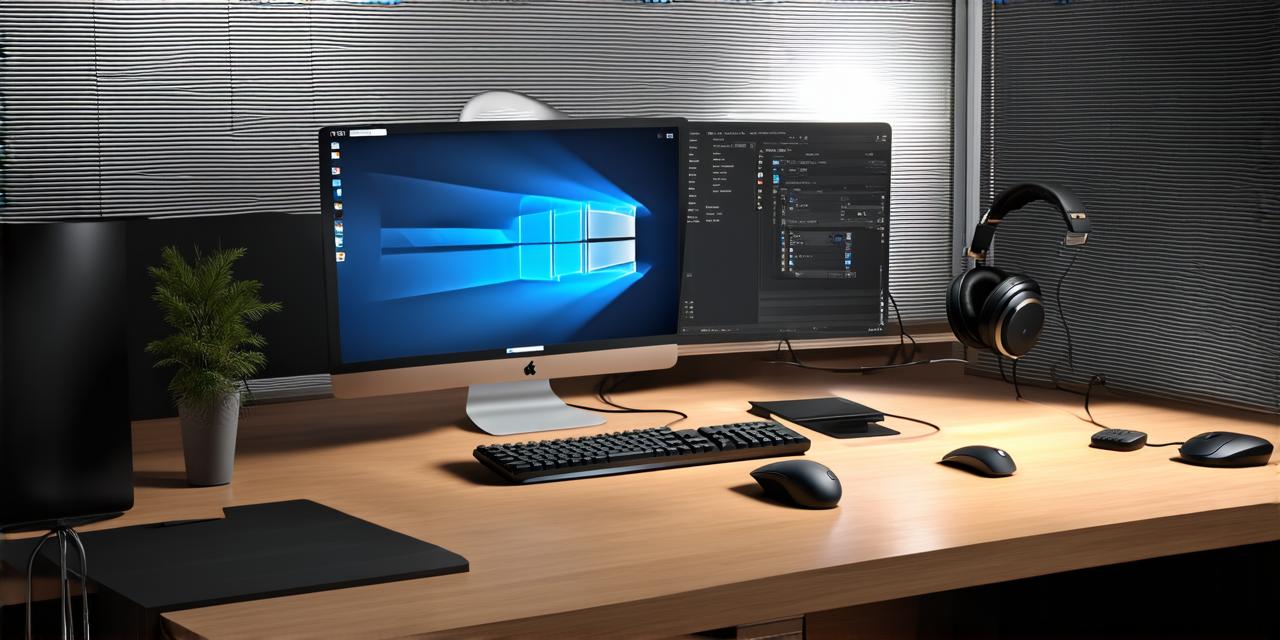Unity is a popular game engine that allows developers to create interactive experiences for various platforms. It is used by both beginners and professionals alike, and its versatility makes it an excellent choice for creating everything from simple 2D games to complex 3D simulations.
System Requirements
Before you start, it’s important to make sure your computer meets the minimum system requirements for running Unity. These requirements vary depending on the version of Unity you want to use, but generally include:
- Operating System (Windows, macOS, Linux)
- Processor (Intel 2.4 GHz or AMD 64-bit 2.4 GHz)
- RAM (4 GB or more)
- Graphics Card (NVIDIA GeForce 3D 5120MB or AMD Radeon HD 7850 or better)
You can find the specific system requirements for your desired version of Unity on the official Unity website.
Download and Install Unity Hub
To download and install Unity, you’ll first need to download and install the Unity Hub application. The Unity Hub is a launcher that allows you to manage multiple versions of Unity and other Unity-related tools. You can download the latest version of the Unity Hub from the official website.
Installing Unity
Once you have selected the version of Unity you want to install, click on the “Install” button. This will download the latest version of Unity from the official website and begin the installation process.
The installation process can take some time, depending on your internet connection speed and the size of the version you are installing. During the installation process, you may be prompted to enter a license key if you have purchased a full license for Unity. If you don’t have a license key, you will need to use the free version of Unity, which has some limitations on what you can create.
Once the installation is complete, you should see a confirmation message that Unity has been successfully installed. You can now open Unity by clicking on the “Unity” icon in your desktop or application launcher.
Getting Started with Unity
Now that Unity is installed, you can start exploring and creating interactive experiences using this powerful game engine. To get started, you may want to check out some of the tutorials and resources available on the official Unity website, or explore some of the online communities and forums where developers share their tips and tricks.
With its intuitive interface and vast library of tools and assets, Unity is an excellent choice for both beginners and experienced developers alike.
